Problem solving and Python programming language .Python is a popular object -oriented language used for both standalone programs and scripting application in a variety of domains. It ‘s free , portable , powerful ,and remarkably easy to use .python offers high productivity for all phases of the software life cycle :analysis ,design prototyping ,coding, testing debugging ,tuning , documentation, deployment ,and ,of course ,maintenance .
Today ,familiarity with python is an advantage for every programmer, as python has infiltrated every niche and has useful roles to play as a part of any software solution .In this book ,the term problem solving includes posing and solving problems ,posing and accomplishing tasks ,posing and answering questions ,and posing and making decisions. problem solving is an integral component of every academic discipline .the book is organized around five stages of learning .
Unit I , explains algorithmic problem solving while modelling good programming practices .Each problem -solving begins with a problem statement .walks through the algorithmic designing with pseudo codes and flowcharts and finally translates the design into code .This chapter discusses recursion and its use in problems solving ,Recursive algorithms for many tasks are presented , such as finding factorials and the classic Towers of Hanoi example are presented .
Unit II , covers installation of Python ,Using the interpreter interactively and creating simple program files.Simple Numeric Expressions and Output covers the basic expressions and core numeric types. The variables and assignments introduce variables , assignment and some simple input constructs .next ,we explore python’s major builtin object type : numbers, lists ,dictionaries, and so on .
Unit III, student learns about relational operators, Boolean expressions and how to control the flow of a program with decision structures .If ,if -else and if – elif -else statements are covered .Nested decision structures and logical operators are also discussed .Additional Notes on Functions introduces the call by name and call by value features of python. Functions introduce the basic function definition and call constructs.
Unit IV , lesson focuses on the most common complex date structures: lists (similar to arrays in other language ) and tuples ,a list-list construction .The student learns to store date as key-value pairs in dictionaries ,search for values ,change existing values, add new key -value pairs,and delete key-value pairs . Advanced list processing technique: comprehension is illustrated with suitable examples. Most of the sorting algorithms and their appropriate python programs is illustrated with sample inputs.
Unit V. introduces sequential file input and output .Files ,in specific text files reading and writing files are explored . The student learns to read and write large sets of date .Error and exception handling mechanisms are illustrated with appropriate examples. It also describes modules and packages . This chapter concludes with a discussion python pickle module.
Algorithmic problem solving using python serve as a stepping -stone to more advanced computer science courses, or as a basic grounding in computational problem solving for student in other disciplines .python is an easy to learn programming language and more importantly it is a very powerful programming language . python can be used to build programs ranging from automating simple tasks to building most sophisticated and advanced software application .
AUTHOR





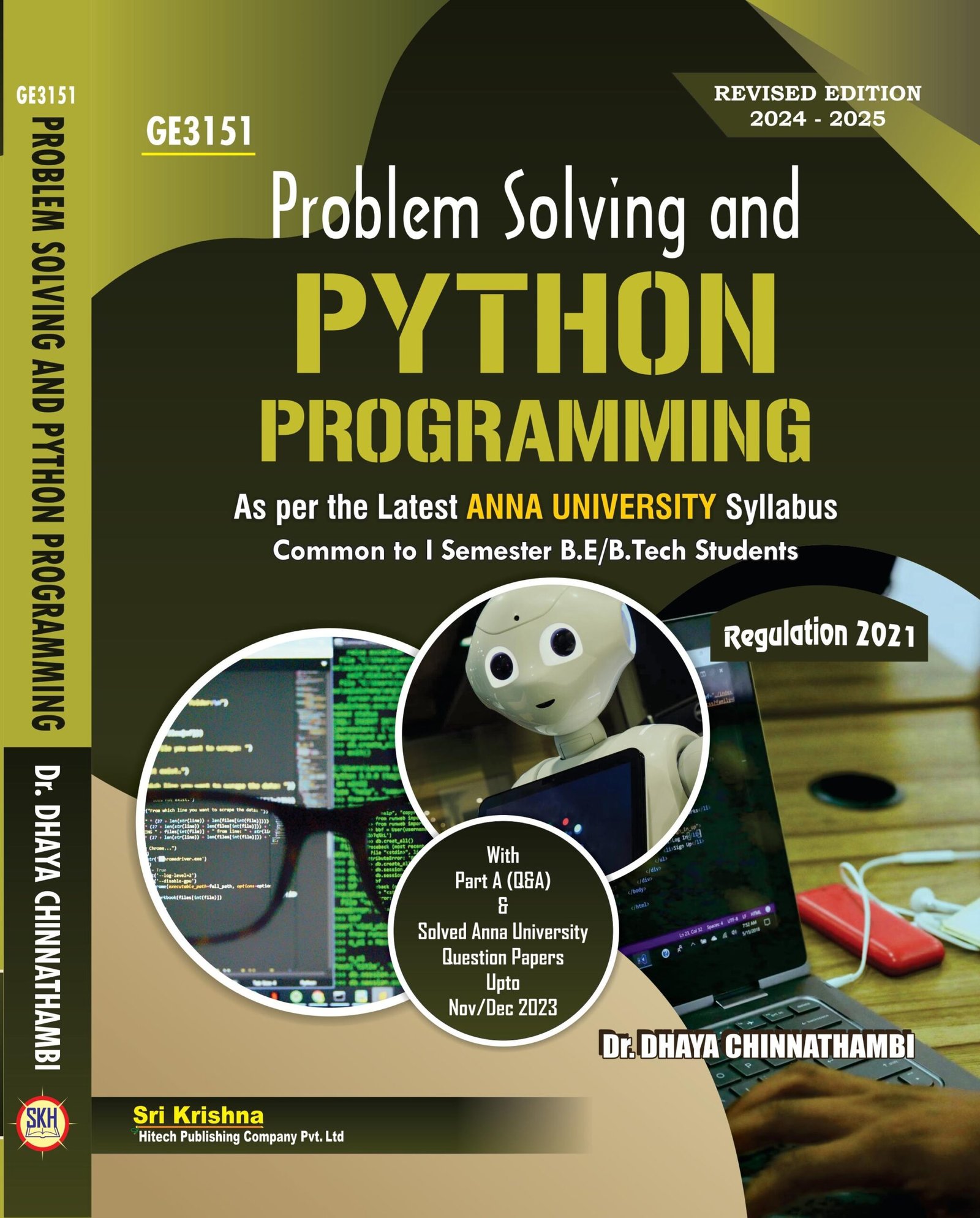
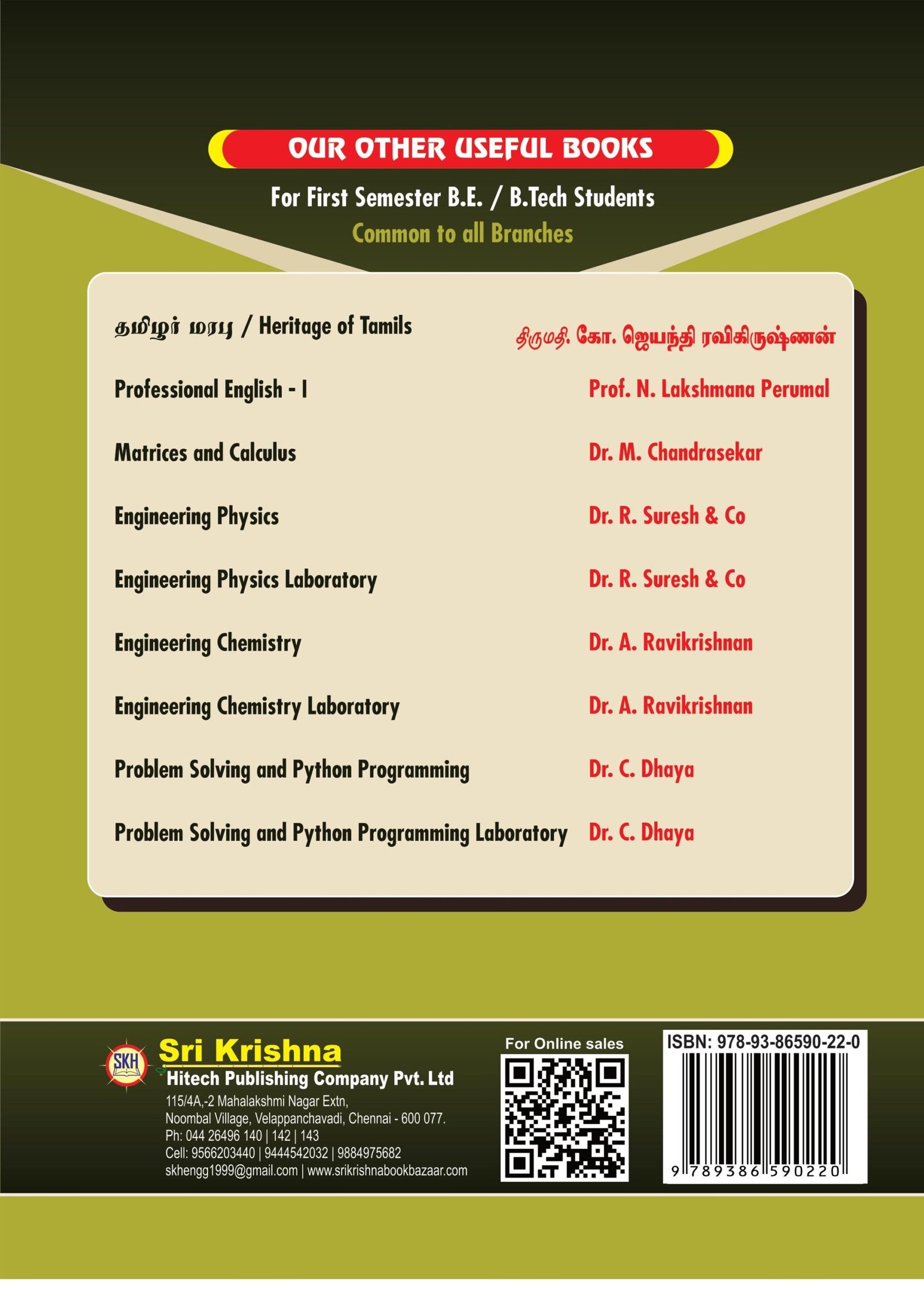




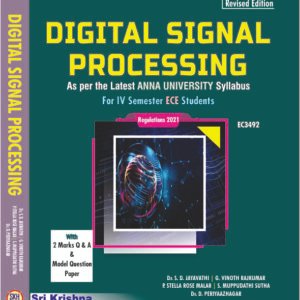
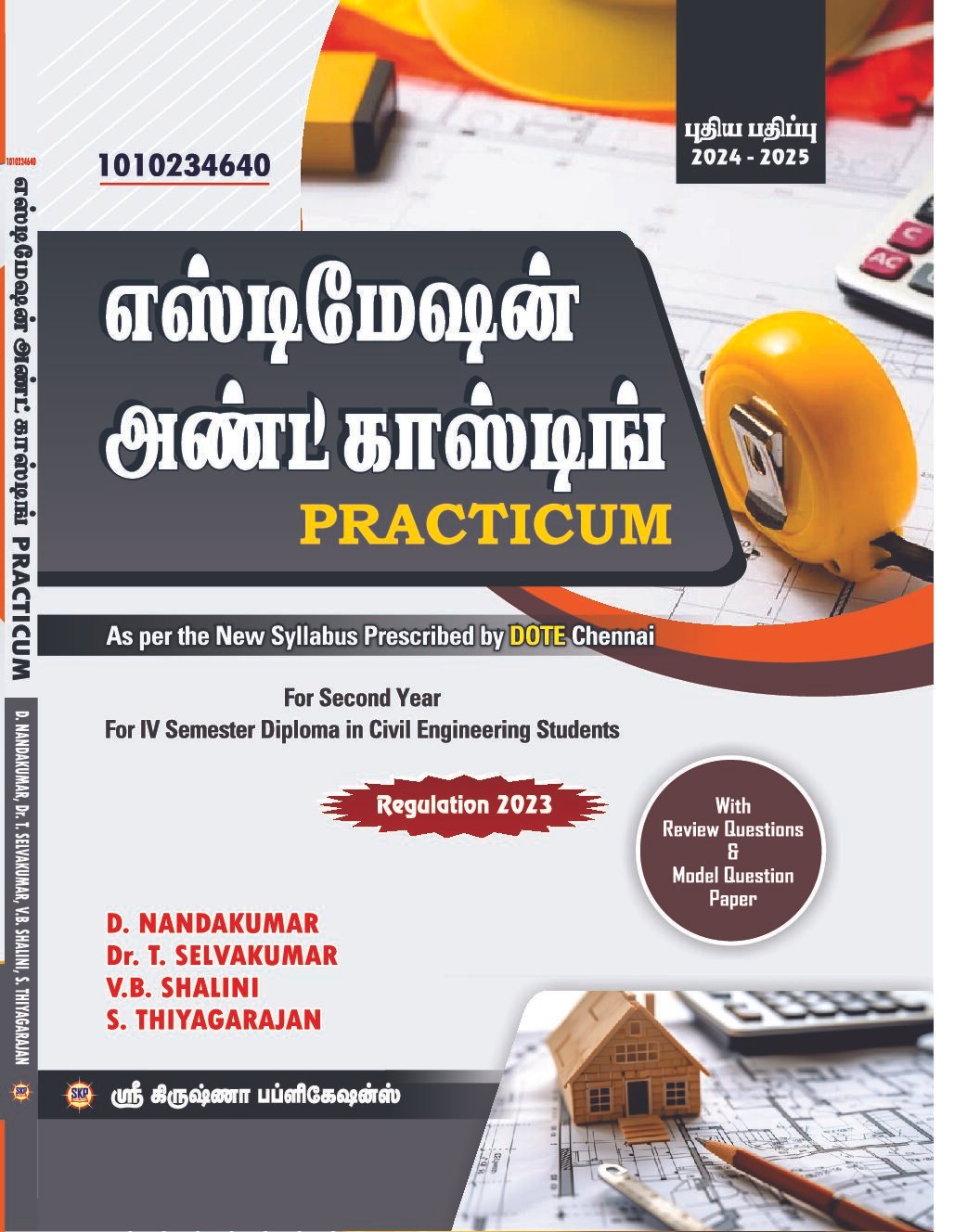


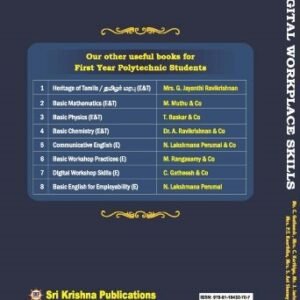


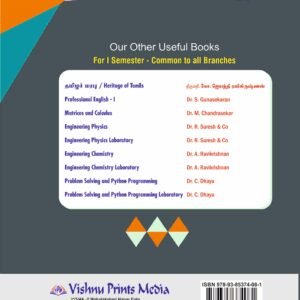


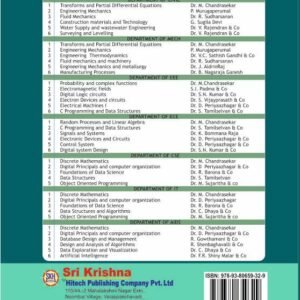

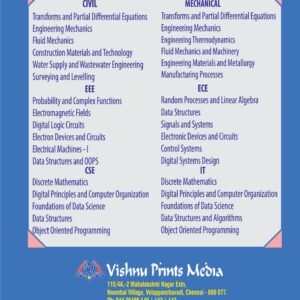
Reviews
There are no reviews yet.